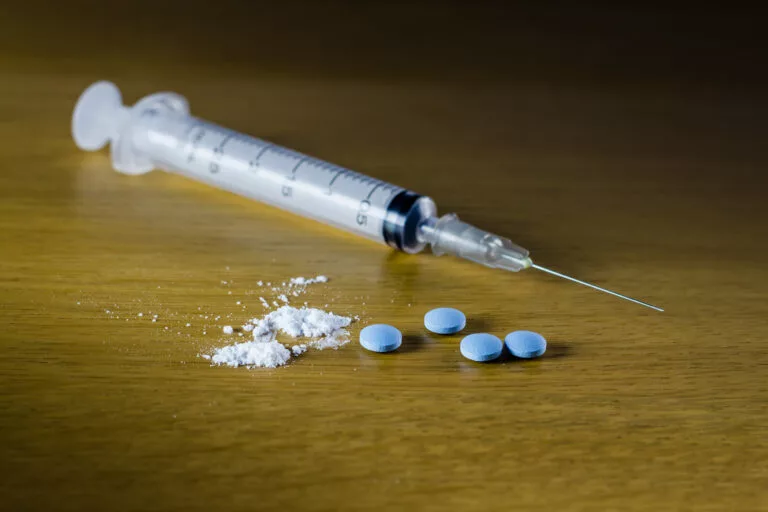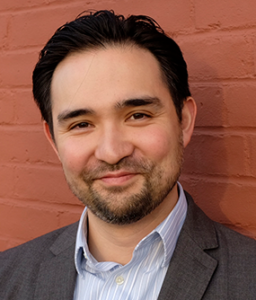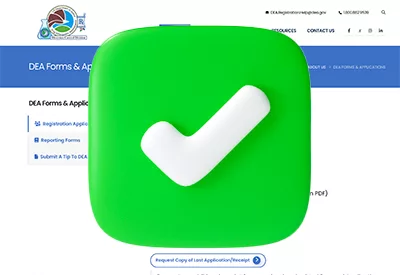Rapid Induction of Buprenorphine in Acute Care Settings

Jaewon Lee, MD, MPH. PGY-3, Psychiatry, University of Rochester Medical Center, Rochester, NY.
Noah Capurso, MD, MHS. Assistant Medical Director, Addiction Services Division, Connecticut Valley Hospital; Associate Clinical Professor of Psychiatry, Yale University; Editor-in-Chief, The Carlat Addiction Treatment Report.
Dr. Lee and Dr. Capurso have no financial relationships with companies related to this material.
Marcus is a 35-year-old man brought to the emergency department following an opioid overdose, reversed with naloxone. He reports using fentanyl daily and has a history of multiple prior overdoses but has never engaged in treatment. He became alert shortly after naloxone administration, and several hours later, he remains cooperative and interested in treatment. However, he’s not yet in withdrawal. The team wants to start buprenorphine, but Marcus wants to go home, and traditional buprenorphine induction may take longer than the ED stay allows.
Why rapid induction matters
Starting medication for opioid use disorder (MOUD) can feel like an uphill battle. Patients may be afraid, in pain, or ambivalent about their next step. Many who leave without MOUD return to opioid use, often within days, while those started on MOUD are more likely to remain in treatment after discharge (D’Onofrio G et al, JAMA 2015;313(16):1636–1644). But the window to engage them can be narrow. While outpatient settings face challenges such as continued opioid access and high dropout rates, acute care settings like emergency departments (EDs) and inpatient units offer a critical but brief chance to start treatment under close monitoring. The question is: how do we move fast enough to make the most of this brief opportunity?
There are three effective MOUDs: injectable naltrexone, methadone, and buprenorphine. Injectable naltrexone requires a period of opioid abstinence before starting, so it cannot be used acutely. Methadone takes days to titrate to an effective dose, often longer than a typical hospital stay. Buprenorphine works faster—but traditional sublingual induction still takes two to three days. That’s often more time than you have. Fortunately, new rapid induction protocols and long-acting formulations are changing that. This article reviews three strategies you can use to start treatment before the window closes.
Three rapid induction strategies
High-dose sublingual (SL) induction
High-dose sublingual induction, also called macroinduction, can bring patients to a full dose of buprenorphine—up to 32 mg—within a few hours in the ED. In a case series of 391 patients, clinicians waited for mild to moderate withdrawal (COWS ≥8–10), then gave 4–8 mg of SL buprenorphine. If no precipitated withdrawal occurred within 30–60 minutes, they gave an additional 16–24 mg to complete the induction (Herring AA et al, JAMA Netw Open 2021;4(7):e2117128).
The outcomes were encouraging, with only 0.8% of patients experiencing precipitated withdrawal. Interestingly, higher doses were no more likely to trigger withdrawal than lower ones. The protocol was efficient too—the average ED stay was just 2.4 hours. This strategy offers a realistic way to stabilize patients in one visit, but it does require withdrawal to have started and some monitoring capacity.
Sublocade
Until recently, Sublocade, the extended-release buprenorphine injection, was approved only after seven days of SL treatment—limiting its use in acute care. That’s now changed. Like high-dose sublingual induction, rapid induction with Sublocade starts when the patient reaches mild to moderate withdrawal (COWS ≥8–10). Give a 4–8 mg test dose of SL buprenorphine. If there’s no precipitated withdrawal after one hour, you can follow with a 300 mg injection that covers the patient for a full month.
Early studies support the safety of this approach, even in patients using fentanyl. Two small trials found good tolerability and no serious adverse events with rapid Sublocade induction (Hassman H et al, Am J Drug Alcohol Abuse 2023;49(1):43–52; Mariani JJ et al, Am J Addict 2024;33(1):8–14). While the studies were small and follow-up limited, the FDA found the evidence strong enough to approve this use (https://tinyurl.com/npde8yne).
Brixadi
Brixadi, another extended-release buprenorphine injection, may offer even more flexibility. It doesn’t require prior SL dosing and can be given when withdrawal symptoms are still mild. In a study of 100 ED patients, weekly Brixadi (24 mg) was given to individuals with COWS scores under 8—before significant withdrawal had begun (D’Onofrio G et al, Acad Emerg Med 2023;30(12):1264–1271). Precipitated withdrawal occurred in just 7% of patients, similar to standard induction protocols, suggesting that for most patients, Brixadi can be given earlier in the treatment course.
Making the most of the moment
When choosing a rapid induction strategy, weigh three factors: withdrawal status, how much time you have, and the patient’s likelihood of follow-up:
High-dose SL buprenorphine is the most accessible—most EDs and inpatient units already stock it, and many patients are familiar with taking it. It can bring patients to a therapeutic dose within hours. The main drawback is that, like a standard induction, it requires the patient to be in mild to moderate withdrawal before starting.
Sublocade offers the longest duration of effect, with a single injection providing at least a month of coverage. This can be especially valuable for patients at high risk of not following up. The downside is similar to SL buprenorphine: the patient must be in some level of withdrawal before initiation.
Brixadi is the most flexible in terms of timing; it can be given when patients are in minimal withdrawal and requires no prior SL dosing. However, only the weekly formulation has been studied in this context, which will not provide coverage for as long as Sublocade. It also has the least published data of the three options.
Finally, cost may be an important consideration. SL buprenorphine is inexpensive and available generically. Sublocade and Brixadi are substantially more expensive and may not be covered by some insurance plans.
For a patient like Marcus—motivated but not yet in withdrawal—start by explaining how MOUD reduces cravings, lowers overdose risk, and supports recovery. Then walk him through the options in plain terms: a daily tablet that starts working today, a monthly shot for longer coverage, or a weekly injection that doesn’t require full withdrawal. Anchor the conversation in what matters most to him—avoiding withdrawal, having stability, or staying flexible after discharge.

Newsletters
Please see our Terms and Conditions, Privacy Policy, Subscription Agreement, Use of Cookies, and Hardware/Software Requirements to view our website.
© 2025 Carlat Publishing, LLC and Affiliates, All Rights Reserved.


_-The-Breakthrough-Antipsychotic-That-Could-Change-Everything.webp?t=1729528747)



